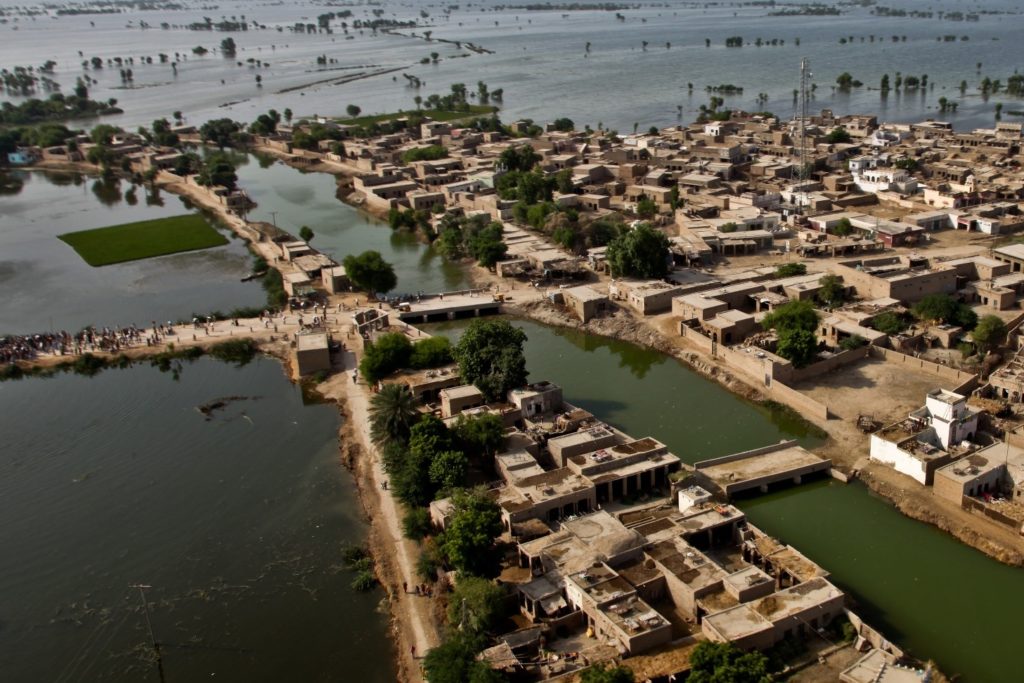KABUL – On March 6th, Reuters reported that flash floods, heavy rains, and snowfall over the previous two weeks in Afghanistan had taken the lives of at least 59 people and left 5,000 homeless.
An article in The Guardian expressed shock and surprise by reporters on the ground: Shock at the unprecedented consequences of the worst flash flooding in Afghanistan in the past seven years; Surprise that the level of emergency response had been “wholly insufficient” considering the ravages that war and drought have already wrought on the population.
One reporter described the living conditions of those affected by the floods in Afghanistan to be “as bad as I’ve ever seen.” He painted the overall picture as “a combination of high levels of violence, a devastating drought, bitter cold, and abject poverty” further exacerbated by the massive flooding.
Two days later, the International Federation of Red Cross and Red Crescent Societies reported that the death toll had risen to 74 with an additional 947 people injured. Property destroyed included 3,756 houses and 97 public buildings.
By March 10th, Relief Web had identified 33,000 people in Kandahar province alone needing humanitarian assistance. Humanitarian aid agencies had been able to supply only 673 tents for families who had lost their homes.
Tolo News reported that wheat, cumin, pea, and pistachio crops had been destroyed and that many irrigation canals had been destroyed. Numerous wells, water-catchments, and reservoirs had been contaminated.
As of March 13th, more than 16,000 homes had been destroyed. Over 111,000 people were living in areas of high risk across Kandahar, Nangarhar, Helmand, Paktia, Khost, Wardak, Farah, and Herat provinces.
The inadequate response from international NGOs is particularly discouraging in light of the fact that the Afghanistan National Disaster Management Authority had reached out and requested aid for the affected provinces.
Relief Web cites emergency shelter, food, winter clothing, non-food item kits, and portable latrines as the greatest needs not only to provide relief but also to protect against the spread of water- and vector-borne diseases that often follow in the wake of flooding in developing countries.
Last year, the United States provided $183 million in humanitarian aid to Afghanistan. The other major government donors were the UK ($82 million) and the European Commission ($48 million).
Please pray for the people of Afghanistan. Pray that the Lord will send aid in such a way that many see His goodness and grace and place their faith in Him.
To read more news on Afghanistan on Missions Box, go here.
Sources:
- The Guardian, ‘Chilling reality’: Afghanistan suffers worst floods in seven years
- Reuters, Flash floods, snow and rain kill at least 59 in Afghanistan
- International Federation of Red Cross and Red Crescent Societies, Information Bulletin – Afghanistan: Flash Floods
- Relief Web, Afghanistan: Flash Floods Update No. 6 (as of 11 March 2019)
- Relief Web, Afghanistan – Floods (DG ECHO, UN OCHA, IOM, IFRC)(ECHO Daily Flash of 13 March 2019)
- Asia & Pacific News, Flood-affected thousands require humanitarian assistance in Afghanistan
Image Source:
- DVIDSHUB [CC BY 2.0]
